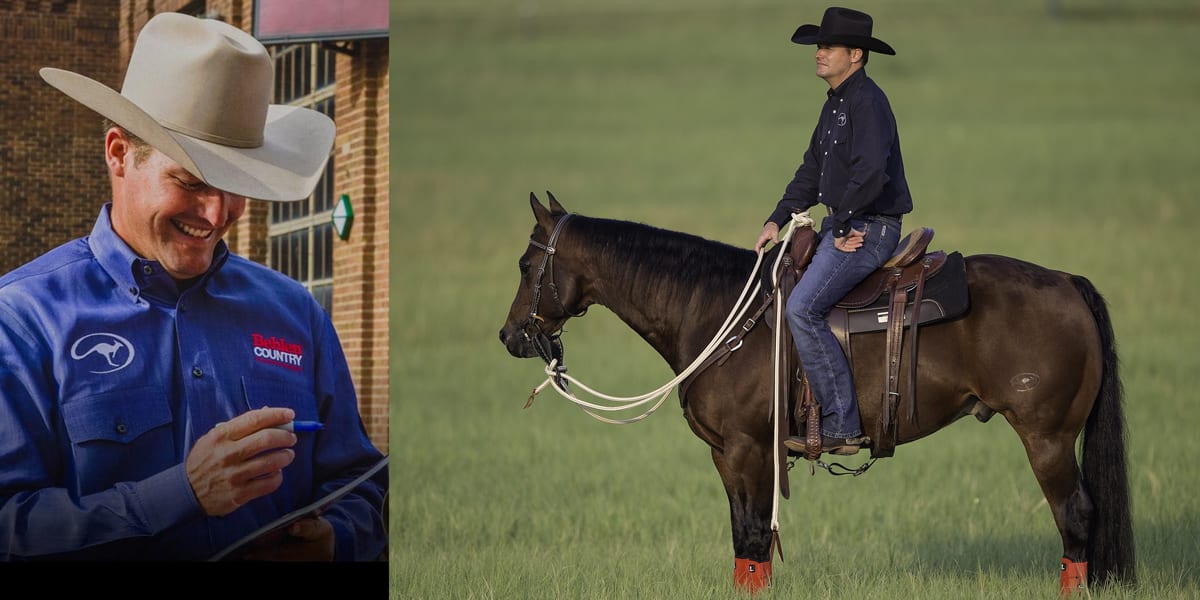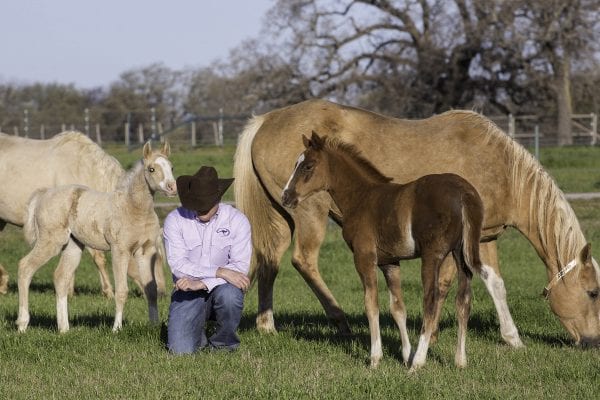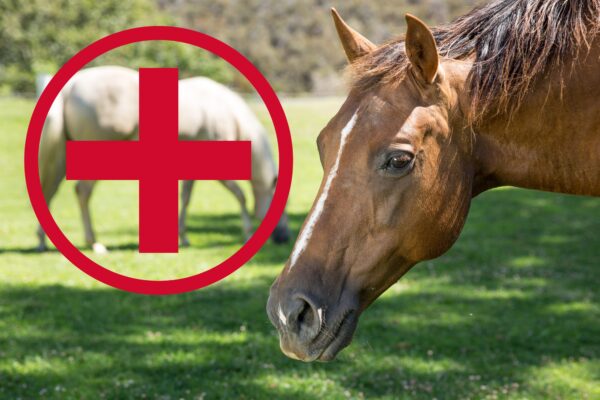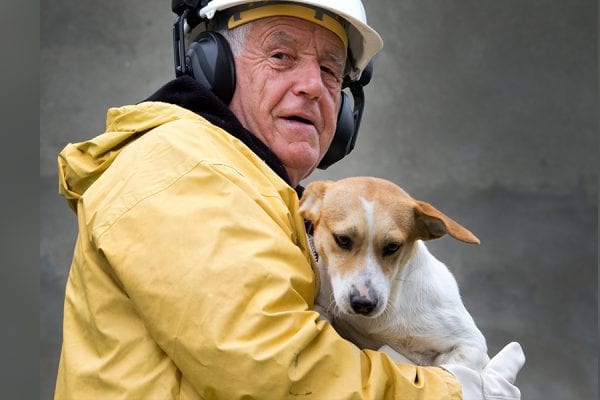Show environments can be stressful to horses, and it’s not uncommon for horses to buddy up at the showgrounds and then react when taken away from one another.

Show environments can be stressful to horses, and it’s not uncommon for horses to buddy up at the showgrounds and then react when taken away from one another. This is especially true when one horse is left at the trailer and the other one is taken away from it. The one left at the trailer often throws a fit – whinnying, pulling back on the lead rope and making a scene in general.
The fix to this problem is to make the horses think that having their buddy at the trailer with them is nothing but hard work and trouble. You’ll need an experienced horseman to help you so that you can work with one horse and they can work with the other. While you can work through this problem on the ground or under saddle, you’ll get the quickest results by riding the horses.
Working next to the trailer, practice what I call the “Follow the Leader” exercise. Trot one horse forward and have the other horse chase his tail. The more the horses have to hustle their feet and change directions, the better. The horses can switch positions so that the leader becomes the follower, and vice versa.
After 10 to 15 minutes of hustling the horses’ feet, separate them by riding one horse away from the trailer. How far you can ride the horse away from the trailer depends on the horses’ separation issues. You may only be able to get the horse 20 feet away from the trailer before the horse left at the trailer starts reacting. That’s OK. You’re establishing a starting point.
You might also like: What to Put in Your Equine First Aid Kit
Let the horses rest for five to six minutes. When your horse is resting, rub him and flex him. If, at any time, the horse left at the trailer gets upset, go back to practicing the exercise next to the trailer. You’re not stopping the horses from being together; you’re just making it uncomfortable for them to be next to one another.
You’ll need to repeat the exercise several times for the horses to realize that when their buddy comes back to the trailer, they have to hustle their feet and work hard. (Once one horse is OK with his buddy leaving him alone at the trailer, you’ll have to switch positions so the other horse has a chance to realize that when his buddy leaves the trailer, it’s actually a good thing.) After repeating the exercise five to 10 times, the horses won’t mind their friend leaving them because it means they get to rest. Every time the other horse comes back to the trailer, they have to work hard.
Learn more about Clinton Anderson and his training method here.
 Dr. Melinda J. Mayfield-Davis, DVM, WCHP-AH, brings over 20 years of experience in veterinary medicine. She is the Technical Services Veterinarian with Innovacyn, Inc., parent company of Vetericyn Animal Wellness. She received her DVM from Oklahoma State University and now resides in Southeast Kansas with her husband, two children, four dogs, and six horses. Prior to working with Innovacyn, Dr. Mayfield owned and operated the Animal Care Center in Columbus, KS.
Dr. Melinda J. Mayfield-Davis, DVM, WCHP-AH, brings over 20 years of experience in veterinary medicine. She is the Technical Services Veterinarian with Innovacyn, Inc., parent company of Vetericyn Animal Wellness. She received her DVM from Oklahoma State University and now resides in Southeast Kansas with her husband, two children, four dogs, and six horses. Prior to working with Innovacyn, Dr. Mayfield owned and operated the Animal Care Center in Columbus, KS.


